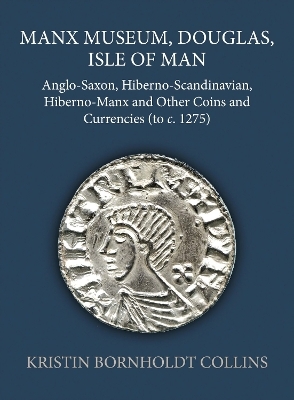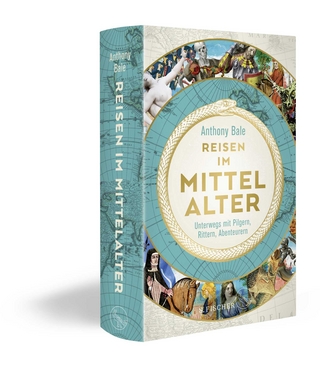
Manx Museum, Douglas, Isle of Man
Anglo-Saxon, Hiberno-Scandinavian, Hiberno-Manx and Other Coins and Currencies (to c. 1275)
Seiten
2024
Oxford University Press (Verlag)
978-0-19-726768-4 (ISBN)
Oxford University Press (Verlag)
978-0-19-726768-4 (ISBN)
This volume is the fullest treatment in print of the Viking-Age economy in the Isle of Man, cataloguing the coin collection in Douglas and revealing a system that used silver and other metals on a substantial scale, in the form of bullion as well as coin. At least one identifiable group of coins was made on Man itself in the eleventh century.
During the early Middle Ages ^—^ when the Irish Sea became a melting pot of different cultures and a hotly contested political arena ^—^ the Isle of Man stands out as a unique and fascinating place, extraordinarily wealthy, and of considerable interest to scholarship for the impact of Scandinavian Viking culture. Chronicles and other textual sources are virtually silent on Man in this period, so finds of coins and other metallic objects represent a vital window into the economy of the island. In this volume, Bornholdt Collins catalogues the coin collection in Douglas and discusses a group of coins that was made on Man itself in the eleventh century. A system is revealed that used silver and other metals on a substantial scale, but in the form of bullion as well as coin, influenced by Anglo-Saxon England, the Danelaw, and the Viking Dublin.
During the early Middle Ages ^—^ when the Irish Sea became a melting pot of different cultures and a hotly contested political arena ^—^ the Isle of Man stands out as a unique and fascinating place, extraordinarily wealthy, and of considerable interest to scholarship for the impact of Scandinavian Viking culture. Chronicles and other textual sources are virtually silent on Man in this period, so finds of coins and other metallic objects represent a vital window into the economy of the island. In this volume, Bornholdt Collins catalogues the coin collection in Douglas and discusses a group of coins that was made on Man itself in the eleventh century. A system is revealed that used silver and other metals on a substantial scale, but in the form of bullion as well as coin, influenced by Anglo-Saxon England, the Danelaw, and the Viking Dublin.
Kristin Bornholdt Collins is an independent scholar with degrees from St Andrews and Cambridge (MPhil & PhD, Archaeology). Her doctoral research, which was supervised by Catherine Hills and the late Mark Blackburn, focused on the Viking-Age coin finds from the Isle of Man and the economy of the Irish Sea region. Her primary interests include the Hiberno-Manx coinage (from c. 1025) and the intersection and overlap of bullion, coin, and other economies in the later Viking Age. She also works as an English language consultant to Scandinavian archaeologists and numismatists writing in English.
| Erscheinungsdatum | 26.03.2024 |
|---|---|
| Reihe/Serie | Sylloge of Coins of the British Isles ; 73 |
| Zusatzinfo | 29 figures, 9 tables, 46 plates |
| Verlagsort | Oxford |
| Sprache | englisch |
| Maße | 194 x 250 mm |
| Gewicht | 1764 g |
| Themenwelt | Sachbuch/Ratgeber ► Freizeit / Hobby ► Sammeln / Sammlerkataloge |
| Geisteswissenschaften ► Archäologie | |
| Geschichte ► Allgemeine Geschichte ► Mittelalter | |
| ISBN-10 | 0-19-726768-8 / 0197267688 |
| ISBN-13 | 978-0-19-726768-4 / 9780197267684 |
| Zustand | Neuware |
| Informationen gemäß Produktsicherheitsverordnung (GPSR) | |
| Haben Sie eine Frage zum Produkt? |
Mehr entdecken
aus dem Bereich
aus dem Bereich
eine neue Geschichte des Mittelalters
Buch | Hardcover (2023)
C.H.Beck (Verlag)
38,00 €
unterwegs mit Pilgern, Rittern, Abenteurern
Buch | Hardcover (2024)
S. Fischer (Verlag)
28,00 €


